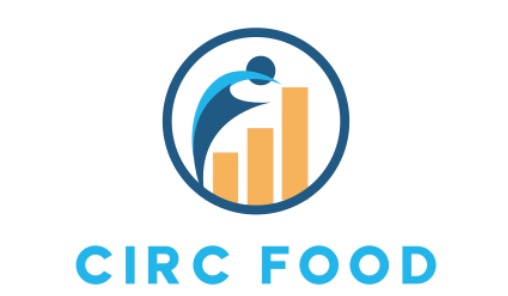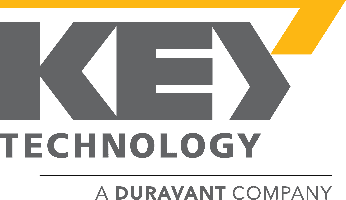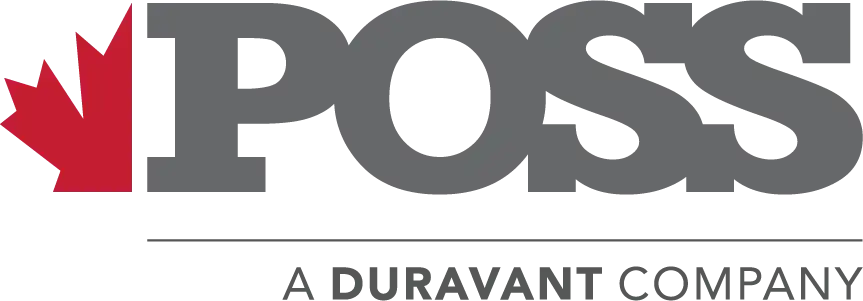10 Essential Tips for Choosing the Right Shielded Coiled Cable for Your Global Needs
Choosing the right Shielded Coiled Cable is essential for optimizing performance in various industrial applications, especially in today's interconnected global market. According to a recent market research report by MarketsandMarkets, the global shielded cable market is expected to reach $XX billion by 2026, driven by technological advancements and the increasing demand for reliable communication systems.
Shielded Coiled Cables play a crucial role in minimizing electromagnetic interference (EMI) and ensuring signal integrity, making them a vital component in industries such as telecommunications, aerospace, and automotive. As the need for robust and efficient data transmission grows, understanding the critical factors in selecting the right Shielded Coiled Cable becomes paramount for businesses aiming to enhance their operational efficiency and reliability.
In this blog, we will explore ten essential tips to guide you through the selection process, ensuring that your choice meets the specific demands of your global needs.
Key Considerations for Selecting the Right Shielded Coiled Cable for Your Projects
When selecting a shielded coiled cable for your projects, several key considerations come into play. First and foremost, it's crucial to assess the cable's application requirements. Different projects may demand specific characteristics, such as temperature tolerance, flexibility, and resistance to environmental factors. Understanding the intended use will guide you in selecting a cable with the appropriate specifications, ensuring optimal performance and longevity.
Another important factor is the type of shielding needed. Shielding can significantly affect the cable's ability to prevent electromagnetic interference (EMI) and ensure signal integrity. Depending on your project's environment—whether it’s industrial, commercial, or outdoor—choosing the right shielding material and design, such as foil or braided options, can enhance reliability and functionality. Additionally, consider the cable's coiling design; a well-designed coiled cable can provide ease of storage and transport, while reducing strain during use. By carefully evaluating these considerations, you can ensure that the selected cable meets both your project needs and global operational standards.
Understanding the Benefits of Shielding in Coiled Cables
When selecting the right shielded coiled cable, understanding the benefits of shielding is paramount. Shielding plays a critical role in protecting sensitive signal conductors from electromagnetic interference (EMI) and radio frequency interference (RFI). According to a report from MarketsandMarkets, the global EMI shielding market is projected to reach $8.64 billion by 2025, underlining the growing importance of shielding technology in various applications such as telecommunications, aerospace, and medical devices.
The effectiveness of shielding is often measured by its ability to reduce interference levels, typically quantified in decibels (dB). Studies have shown that shielded cables can significantly diminish unwanted signals, providing up to 95% reduction in EMI exposure compared to unshielded alternatives. This is especially crucial in environments where data integrity is essential—such as in industrial automation—where even minor disruptions can lead to significant operational issues. With the rise of complex electronic systems and increasing data transmission rates, selecting the right shielded coiled cable is not just about performance, but also about ensuring long-term reliability and compliance with industry standards.
Evaluating Cable Materials and Their Suitability for Global Applications
When selecting shielded coiled cables for various global applications, the materials used play a crucial role in determining performance and durability. Different environments and usage conditions require specific material properties to ensure reliability. For example, considering environmental factors such as temperature fluctuations, humidity, and exposure to chemicals can help in selecting the appropriate insulation and shielding materials. PVC, polyethylene, and rubber are common choices, each offering distinct advantages based on the operational context.
Additionally, the cable’s shielding material is vital in minimizing electromagnetic interference (EMI) and ensuring signal integrity across long distances. Copper and aluminum are popular options for shielding, each providing different levels of protection and flexibility. Evaluating the interaction between the cable’s core and its shielding material can help in optimizing its performance for specific global requirements. By understanding the materials and their respective properties, you can make informed decisions that lead to better connectivity and durability in diverse applications worldwide.
Analysis of Shielded Coiled Cable Material Suitability for Global Applications
Assessing Flexibility and Durability for Diverse Environments
When selecting the right shielded coiled cable for global applications, assessing flexibility and durability is paramount. According to a report by MarketsandMarkets, the global cable assembly market is projected to grow from $44.5 billion in 2020 to $68.5 billion by 2025, underscoring the rising demand for high-performance cables in diverse environments. The flexibility of a cable is often influenced by its construction, with stranded conductors typically providing greater bendability compared to solid conductors. This becomes critical in dynamic applications, such as robotics and mobile equipment, where the cable is subject to constant movement and flexing.
Durability is another vital factor, especially for cables used in harsh conditions. The International Electrotechnical Commission (IEC) sets standards for cables, ensuring they can withstand extreme temperatures, moisture, and mechanical stress. For instance, type LSHF (Low-Shedding Halogen-Free) cables are designed to resist combustion and reduce toxicity in the event of a fire, making them ideal for confined spaces like tunnels or subways. Additionally, abrasion-resistant jackets significantly extend the lifespan of the cable, allowing it to endure demanding environments where traditional cables may fail. Thus, understanding these factors is crucial for making a well-informed choice that meets the specific needs of your application.
10 Essential Tips for Choosing the Right Shielded Coiled Cable for Your Global Needs - Assessing Flexibility and Durability for Diverse Environments
| Tip Number | Tip Description | Key Factors to Consider | Recommended Testing Standards | Environment Suitability |
|---|---|---|---|---|
| 1 | Assess Cable Length Requirements | Length vs. Signal Integrity | ISO/IEC 56821 | Indoor/Outdoor |
| 2 | Evaluate Flexibility Needs | Bending Radius | IEC 60068-2-27 | Manufacturing Facilities |
| 3 | Identify Durability Requirements | Abrasion Resistance | ASTM D3350 | Heavy Duty Usage |
| 4 | Consider Environmental Factors | Temperature, Moisture | UL 1581 | Extreme Conditions |
| 5 | Check Shielding Effectiveness | Induced Noise Reduction | MIL-STD-220 | Electromagnetic Environments |
Identifying Compliance Standards and Certifications for Quality Assurance
When selecting shielded coiled cables, understanding compliance standards and certifications is crucial for ensuring quality assurance. Various industries have specific requirements that dictate the types of materials and construction methods used in cable manufacturing. Certifications such as ISO, UL, and RoHS not only verify that the cables meet safety and environmental standards but also indicate their reliability in performance. Before making a purchase, always check the certifications provided by the manufacturer to ensure they align with your project requirements.
In addition to certifications, it is essential to assess the cable’s performance under various environmental conditions. Tips for this include reviewing the temperature and humidity ratings specified by the manufacturer. Ensure that the cable can withstand the operational conditions of your application. Moreover, look for cables with appropriate shielding techniques, as these significantly reduce electromagnetic interference, enhancing signal integrity. This consideration is particularly vital in industries such as telecommunications and automotive, where precision is paramount. Choosing a compliant cable not only ensures quality but also contributes to the longevity and effectiveness of your systems.









